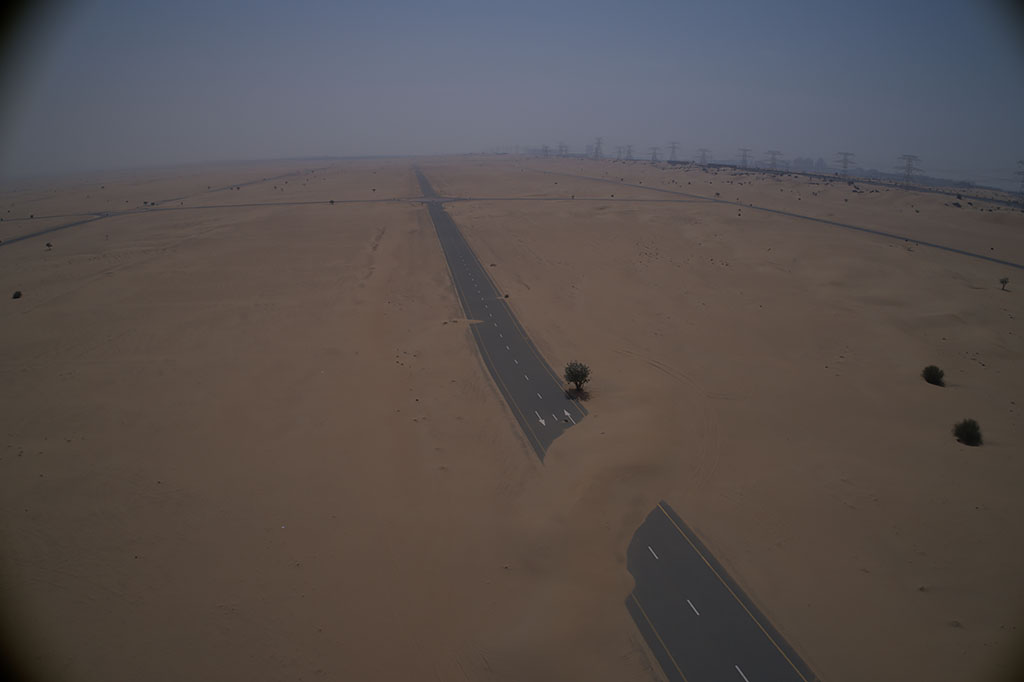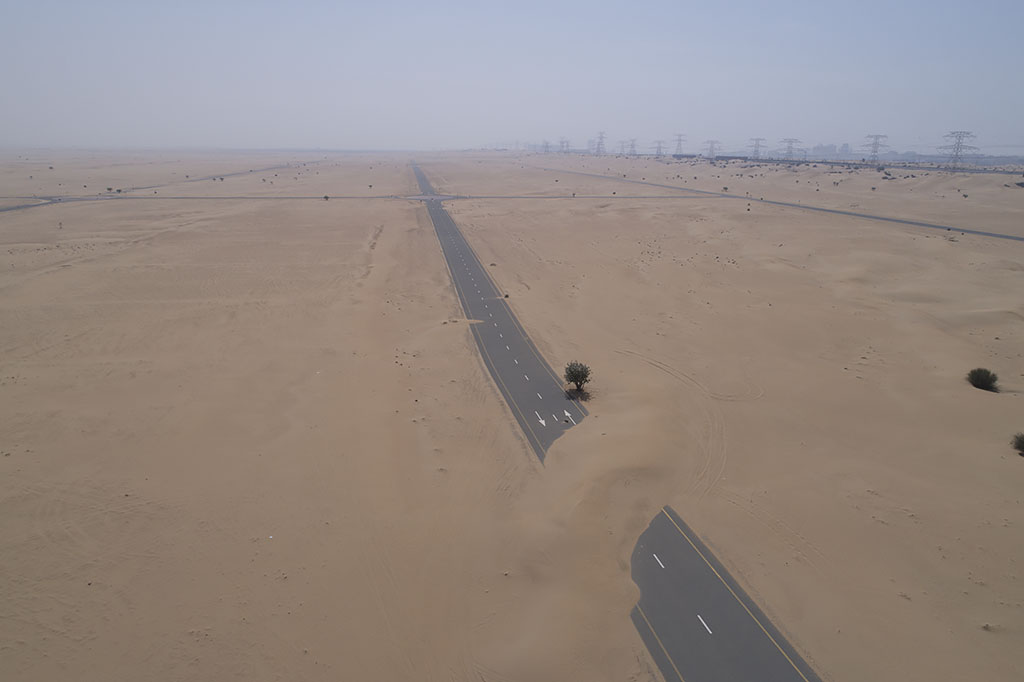- Joined
- Jan 8, 2017
- Messages
- 55
- Reaction score
- 9
- Age
- 46
Just got my new P4P and have been testing it out.
From what I can gather the camera has a Sony sensor with 20 megapixels.
The image size for the P4P at 3:2 Aspect Ratio: 5472 × 3648 = 20 MP
I extracted the uncorrected image from the RAW/DNG file and it is 5464 x 3620 = 20MP
However, the image has heavy vignetting and significant barrel distortion:

Opening the same DNG file in Adobe Camera RAW, and the image has been corrected. Note that I only opened the file, with the correction seemingly automatically applied (by a profile within the DNG file?)

Note that the image has also been cropped quite abit in the correction process (due to the barrel distortion correction and possibly also for the vignetting). The image size is still 5464 x 3620, so the image has been apparently upsized after the cropping/correction. I.e. it is a 20MP raw image that is cropped down to ~17-18 MP (during the correction process), and then upsized again to 20MP (and hence not true 20MP).
So it seems that the P4P uses a milder version of what GoPro uses to get rectlinear images and video to remove the barrel distortion fish eye look(?).
From what I can gather the camera has a Sony sensor with 20 megapixels.
The image size for the P4P at 3:2 Aspect Ratio: 5472 × 3648 = 20 MP
I extracted the uncorrected image from the RAW/DNG file and it is 5464 x 3620 = 20MP
However, the image has heavy vignetting and significant barrel distortion:

Opening the same DNG file in Adobe Camera RAW, and the image has been corrected. Note that I only opened the file, with the correction seemingly automatically applied (by a profile within the DNG file?)

Note that the image has also been cropped quite abit in the correction process (due to the barrel distortion correction and possibly also for the vignetting). The image size is still 5464 x 3620, so the image has been apparently upsized after the cropping/correction. I.e. it is a 20MP raw image that is cropped down to ~17-18 MP (during the correction process), and then upsized again to 20MP (and hence not true 20MP).
So it seems that the P4P uses a milder version of what GoPro uses to get rectlinear images and video to remove the barrel distortion fish eye look(?).








